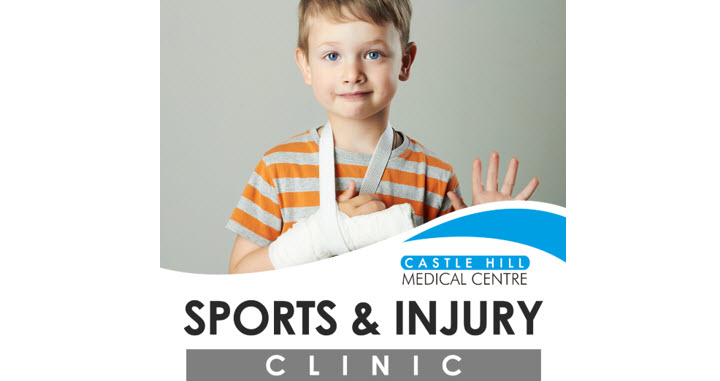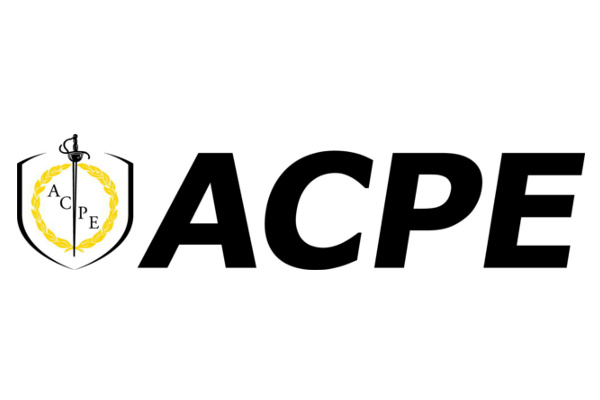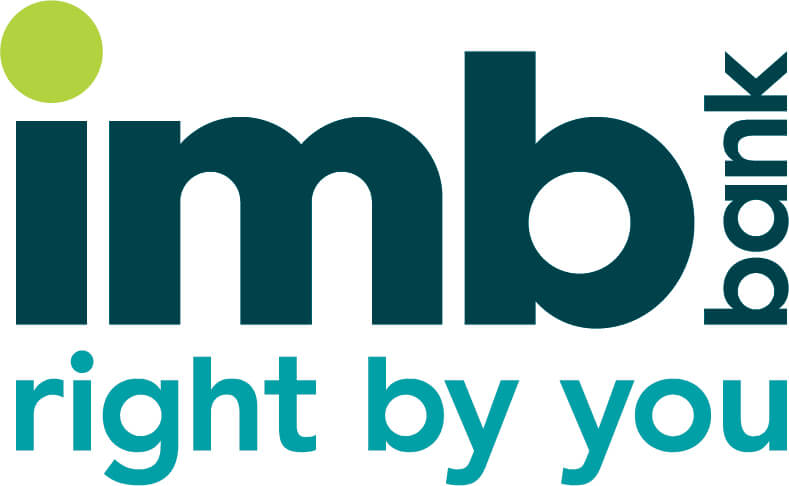
The big question that parents ask when their child has an injury or a possible broken bone is “Do I need to go to a hospital Emergency Department?”. As a parent, it’s natural to panic and rush to hospital but this isn’t always the best thing for your child as you could then be faced with a lengthy wait for what may be a minor injury. This is when it’s good to know what alternative options there are for certain injuries.
Dr Ron Tomlins has been a GP for almost 40 years and has spent half of this time practising in The Hills where he’s based at Castle Hill Medical Centre. The Centre has recently opened a Sports and Injury Clinic.
“I’ve seen people with a great variety of injuries including bruises, abrasions, lacerations, burns, bites, sprains and fractures. At Castle Hill Medical Centre, we see many people each week with injuries resulting from sport or accidents around the house, at work or at school”, said Dr Tomlins.
“I hear of many instances where parents take their children to the Emergency Department when they could be treated on-site in our Sports and Injury Clinic without the long waiting times or high cost.
The common injuries that can be treated at an injury clinic rather than hospital include:
- – Cuts and lacerations when children run into furniture
- – Cuts from kitchen knives, broken glass, shredders and secateurs
- – Foreign bodies in the eye, ear or nose
- – Abrasions, bruises or skin tears from falls
- – Bites or scratches from dogs and cats
- – Burns or scalds
- – Sprained ankles and wrists, shoulders and knees from sport
- – Back pain and muscle strains
- – Fractures and dislocations of the finger, wrist, leg, nose, collar bone or ribs from falls
- – Injuries to ligaments, tendons and nerves
- – Head injuries with concussion or loss of consciousness
In most cases, these injuries can be treated on-site by our doctors and trained nurses. Adhesive strips, glue or sutures can be used to repair cuts or lacerations, depending on the size, shape and position of the wound. Pain relief can also be provided/prescribed if necessary.
Another benefit of a sports and injury clinic is the availability of X-ray facilities. If an X-ray is required to clarify a diagnosis, it will be performed in the practice then and there, day or night, saving time and money. If necessary, a boot or a cast can be applied in the centre too.
“For injuries requiring emergency specialist care, we have access to specialists who will provide on call advice and can expedite access to surgical treatment if needed. We will also organise ambulance transport to hospital when required.”
So, if you or your child has an injury, what should you do? Dr Tomlins suggests remembering the following first aid tips as a guide:
- – Seek medical attention as soon as possible after the injury has occurred
- – If there is bleeding, firm pressure with a pad or a clean handkerchief is helpful to control the bleeding
- – For injuries to joints, abrasions, bruises, burns or scalds, an ice pack will help to reduce the swelling and pain
- – Above all, do not panic.
If you suspect a neck or spinal injury, ring an ambulance immediately.
For our information flyer click here: https://castlehillmedicalcentre.com.au/wp-content/uploads/2018/05/Sports-and-injury-clinic-flyer.pdf




